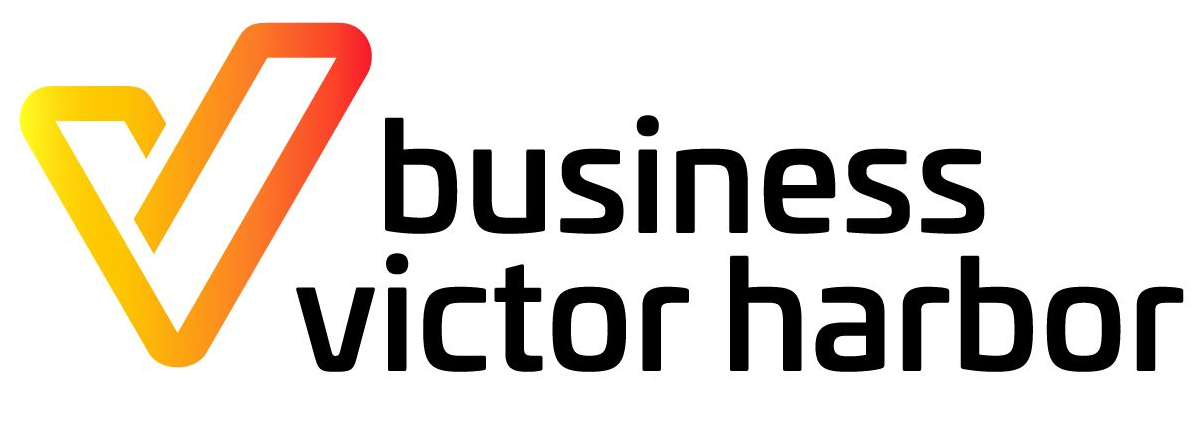Business Victor Harbor (BVH) is excited to announce that birdwatching is taking off in the region! With an estimated value of $283 million to the Australian economy, this growing niche tourism market has created a unique and exciting opportunity for locals and visitors alike.
According to the 2019 National Visitor Survey Activities report, birdwatchers spent an estimated $46 million on day trips and around $ 237 million on overnight trips. As many people who go to national parks and participate in other outdoor nature-based tourism activities, also birdwatch, the data tell us this is a $58 billion economic driver.
BVH encourages all locals to get involved in this activity by highlighting the many fantastic locations within our city that can provide great opportunities for seeing and photographing our feathered friends in action.
The Benefits of Birdwatching Tourism
Birdwatching tourism offers so many benefits to both local businesses and visitors alike. It stimulates economic growth by bringing more people into the area, which means more money is being spent at restaurants, shops, hotels, etc. Plus, it increases awareness of nature conservation efforts while also providing an educational experience that teaches tourists about birds’ habitats, behaviours, and more. On top of this, it’s a great activity for families to do together as well as for solo adventurers looking for a unique experience away from home.
Where to Go Birdwatching in Victor Harbor
Victor Harbor is home to some of Australia’s most iconic bird species—from pelicans and threatened Hooded Plovers along the coast, to White-bellied Sea eagles soaring over Encounter Bay. There are numerous places you can go birdwatching within a short drive from Victor Harbor including the Hindmarsh River estuary, Nangawooka Flora Reserve, Granite Island; Newland Head Conservation Park, Mt Billy Conservation Park, Waitpinga Beach, and Hindmarsh Falls. Depending on your interests and abilities you can either go on lengthy hikes with your binoculars or simply drive around until you spot something interesting!
What You Need For Birdwatching
Hooded Plovers are a beach-nesting species, exclusively dependent on coastal habitats and are sparsely distributed across beaches in Southern Australia
Hooded Plovers are a beach-nesting species, exclusively dependent on coastal habitats and are sparsely distributed across beaches in Southern Australia
When it comes time to go out birdwatching there are a few essential items you should bring along such as binoculars (ideally 8x or higher), a camera (for capturing photos or videos), comfortable walking shoes (in case you decide to take a hike), insect repellent and sunscreen, water bottles and snacks, field guides/bird ID books (to help identify different species), notebooks/journals/pens (for recording details like location and numbers seen). Want some further information on where to go and what you might find – click on Birds SA comprehensive site (https://birdssa.asn.au/go-birding/where-to-go). If you would like to help the conservation of birds by submitting a record of the birds you find and hear – use Birdlife Australia’s easy-to-use Birdata Survey app (https://birdata.birdlife.org.au/) and be part of a global movement.
Business Victor Harbor is proud to be part of this increasing trend in niche tourism markets that provide both economic benefits as well as educational experiences for locals and visitors alike. If you’re considering going out birdwatching we encourage you to plan ahead by researching your destination beforehand and packing all necessary items before heading out! So what are you waiting for? Get out there today and start exploring one of life’s greatest joys—bird watching!


